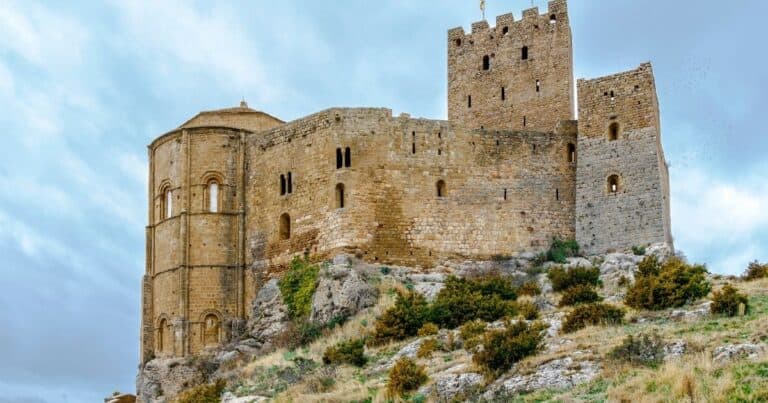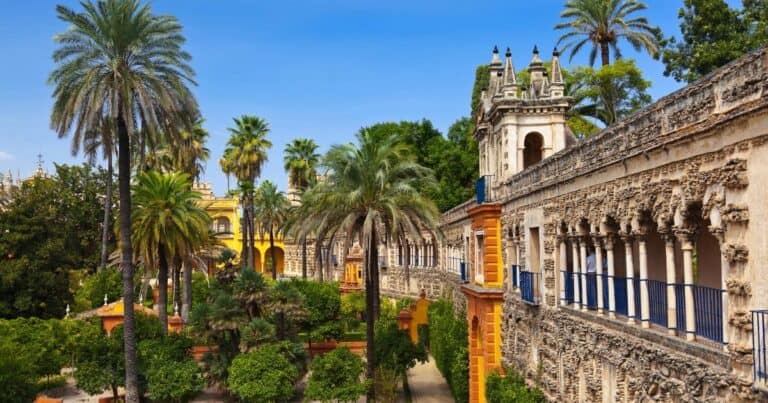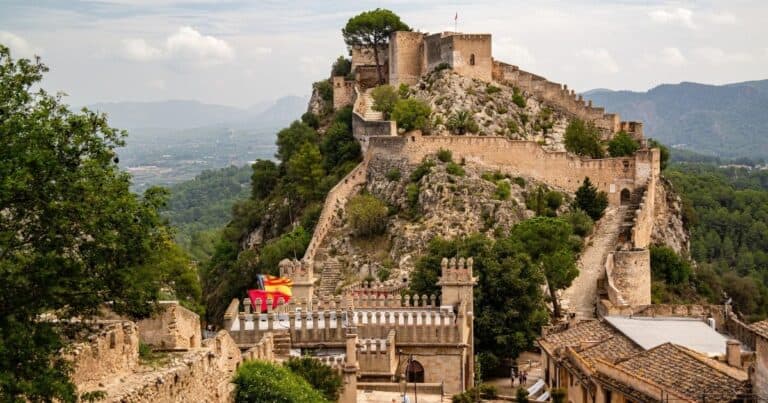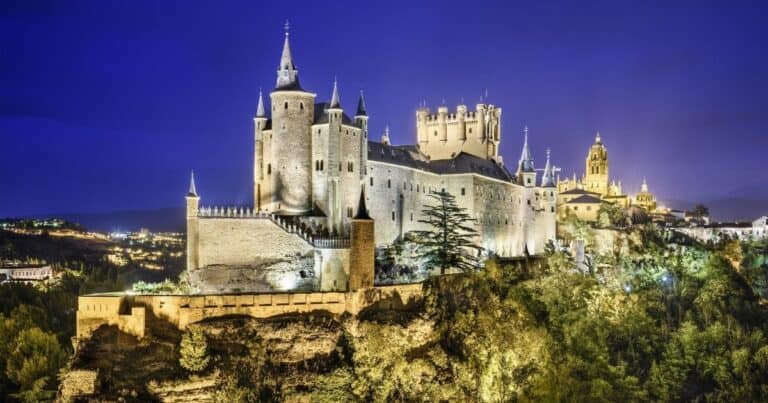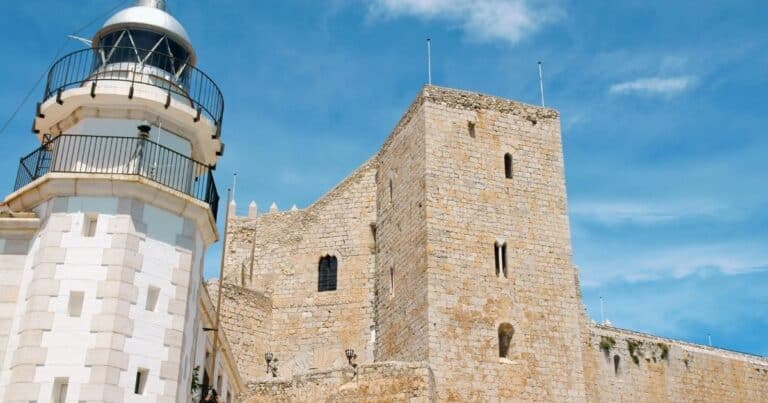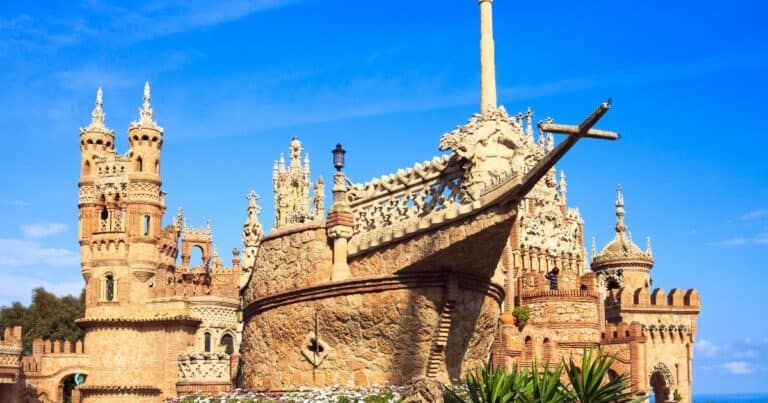Alcázar of Toledo: A Fortress of Cultures and Conquests
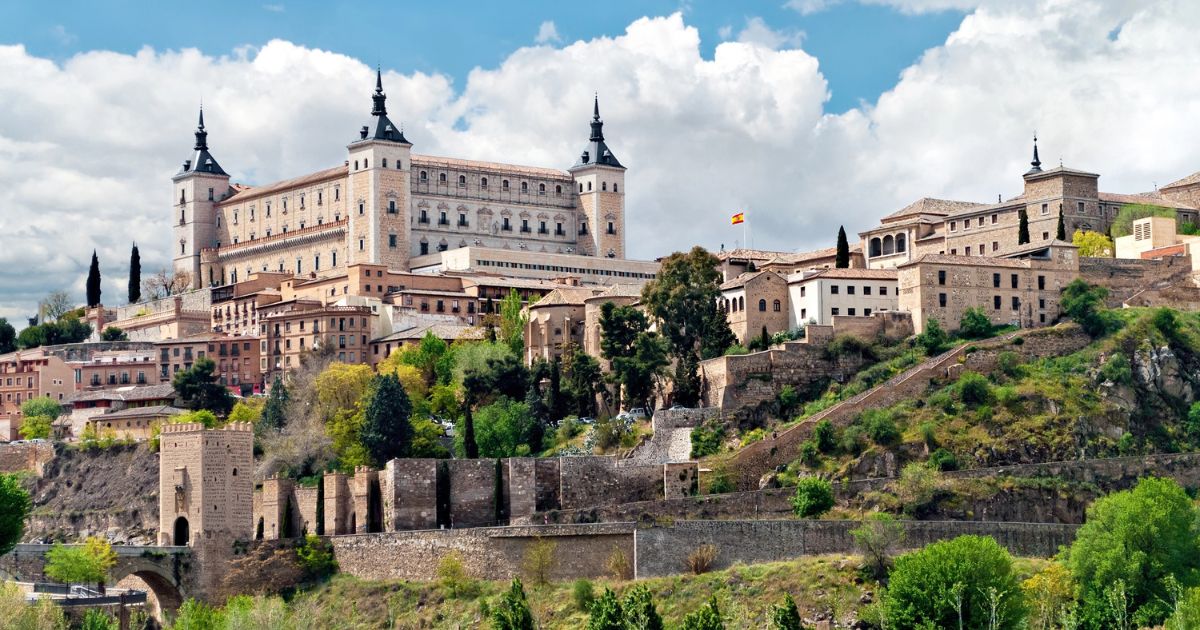
As I stood atop the hill, looking out over the picturesque city of Toledo the first time I was there, the majestic Alcázar cast its spell on me.
This historical monument, also known as Toledo Castle or Toledo Alcázar, stands as a symbol of Spain’s rich history, a testament to the cultures and conquests that have shaped this remarkable country.
The Alcázar of Toledo, a Spanish fortress that dates back to the 3rd century, has witnessed the passage of time like no other. Once a palace, then a fortress, and now home to the Museum of the Army, it stands as a tribute to the resilience and grandeur of the past. Its commanding presence and architectural beauty blend Renaissance, Plateresque, medieval, and Churrigueresque styles, captivating visitors from all corners of the world.
Throughout history, the Alcázar has bore witness to significant events. It was a key stronghold during the reign of Alfonso VI of León, provided refuge to Hernan Cortés after his conquest of the Aztecs, and became a symbol of Spanish nationalism during the Siege of Alcazar in the Spanish Civil War. Today, it stands not only as an architectural marvel but also as a testament to the resilience and determination of the Spanish people.
Key Takeaways:
- The Alcázar of Toledo is a historic Spanish fortress, known for its rich history and cultural significance.
- It showcases a blend of architectural styles, including Renaissance, Plateresque, medieval, and Churrigueresque.
- The Alcázar has played a prominent role in historical events, such as the Spanish Civil War and the reception of Hernan Cortés.
- Today, it houses the Museum of the Army, offering insights into Spanish military history.
- Visitors can explore the Alcázar and enjoy panoramic views of Toledo, making it a popular tourist attraction.
History of the Alcázar of Toledo
The history of the Alcázar of Toledo is a testament to the enduring legacy of this Spanish fortress. With roots dating back to the Roman era, it has witnessed a multitude of historical events and played a pivotal role in shaping the region’s heritage.
Originally built as a palace during the Roman era, the Alcázar was later transformed into a fortress in the 10th century by Abd ar-Rahman III. This strategic shift in purpose marked the beginning of its storied history as a stronghold.
Throughout the centuries, the Alcázar underwent significant alterations and restorations under the rule of influential figures such as Alfonso VI of León and Alfonso X. These rulers recognized the fortress’s strategic importance and enhanced its defensive capabilities.
The Alcázar of Toledo further cemented its place in history during the reception of Hernan Cortés, the Spanish conquistador responsible for the fall of the Aztec Empire. The fortress served as a site of celebration, commemorating Cortés’s remarkable achievements.
One cannot discuss the Alcázar without highlighting its architectural evolution. The additions made by various rulers over time have resulted in a unique blend of styles, showcasing the architectural prowess of different eras. From medieval influences to Renaissance and Plateresque elements, each facade of the Alcázar tells a story of innovation and design.
The historical events that unfolded within the walls of the Alcázar have left an indelible mark on its legacy. From political struggles to military engagements, this fortress has borne witness to the ebb and flow of power throughout the centuries.
As visitors explore the Alcázar of Toledo today, they are not merely stepping into a museum or a historical site; they are immersing themselves in a living testament to the rich tapestry of Spain’s past. The Alcázar stands as a symbol of resilience, a testament to the historical significance of this Spanish fortress.
| Period | Significance |
|---|---|
| Roman Era | Served as a palace |
| 10th Century | Transformed into a fortress by Abd ar-Rahman III |
| Medieval Era | Significant alterations and restorations under Alfonso VI and Alfonso X |
| 16th Century | Role in the reception of Hernan Cortés following his conquest of the Aztecs |
Architecture of the Alcázar of Toledo
The Alcázar of Toledo is a remarkable example of medieval architecture and showcases a harmonious blend of architectural styles that have evolved over centuries. The fortress, also known as Toledo Castle, incorporates elements of Renaissance, Plateresque, medieval, and Churrigueresque styles, making it a captivating attraction.
Each facade of the Alcázar reflects a different architectural style, adding to its visual appeal and historical significance. The intricate details and unique characteristics of these styles come together to create a stunning display of architectural brilliance.
The design of the fortress features tall towers at each of its four corners, making it a prominent landmark in Toledo’s skyline. These towers not only add to the grandeur of the Alcázar but also serve as strategic defense structures that have withstood the test of time.
Throughout its history, the Alcázar has undergone several restoration efforts to preserve its architectural heritage. Notable architects such as Alonso de Covarrubias and Juan de Herrera have played significant roles in ensuring the preservation of the fortress’s unique and diverse architectural elements.
The Alcázar of Toledo is a true testament to the mastery and innovation of medieval architecture, offering visitors a fascinating insight into the architectural heritage of Spain.
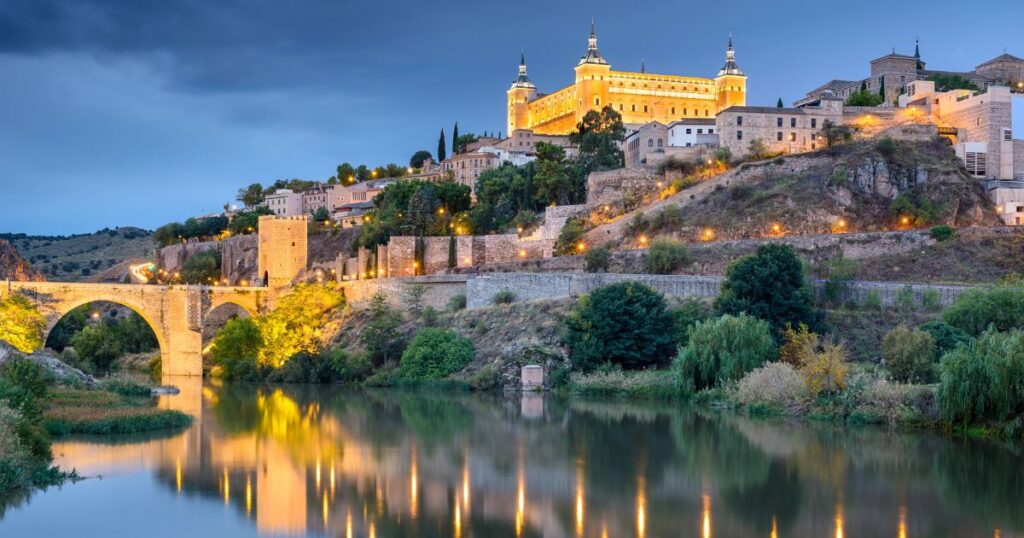
The Alcázar of Toledo Today
Today, the Alcázar of Toledo is a prominent tourist attraction that offers visitors a unique blend of history, culture, and breathtaking views of the city. The fortress is home to the Museum of the Army, which provides a comprehensive exploration of Spanish military history.
The Museum of the Army appeals not only to military history enthusiasts but also to those interested in broader Spanish history. Through its exhibits, visitors can gain insights into the different military actions that have shaped Spain’s past. Bilingual signage in English and Spanish ensures that visitors can fully appreciate the historical context and details.
Once inside the Alcázar, visitors have the opportunity to explore the fortress and immerse themselves in its historical significance. The architectural grandeur and rich heritage of the Alcázar create a memorable experience for all who visit.
The Alcázar is closed on Mondays, but on Sundays, visitors can enjoy free entry to the fortress and the Museum of the Army. This provides an excellent opportunity for tourists and locals alike to delve into the history and cultural significance of the Alcázar without any admission fee.
The fortress is conveniently located within Toledo, making it easily accessible for sightseeing. Its strategic position on a hill offers panoramic views of the city, allowing visitors to appreciate the enchanting beauty of Toledo from a unique perspective.
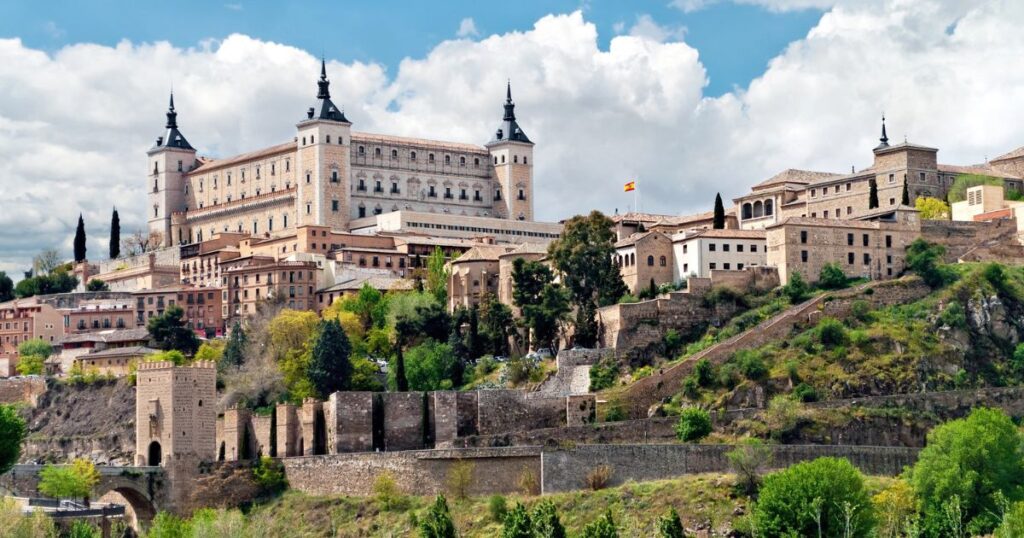
Conclusion
The Alcázar of Toledo is an incredible historical monument that offers visitors a glimpse into the rich history and culture of Spain. As one of the most remarkable Spanish fortresses, the Alcázar of Toledo, also known as Toledo Castle, stands as a testament to the architectural prowess and grandeur of the past.
Immersing yourself in the fortress allows you to uncover the stories of conquests and cultural influences that have shaped the region throughout the centuries. The Alcázar’s intricate blend of architectural styles, including Renaissance, Plateresque, medieval, and Churrigueresque, leaves spectators in awe of its beauty and historical significance.
While exploring the Alcázar, don’t miss the chance to discover other nearby attractions in Toledo. From the iconic Toledo Cathedral to the charming Jewish Quarter, the city offers a multitude of cultural experiences. To fully enjoy your visit, there are various accommodation options available in the vicinity of the Alcázar, ensuring convenient access to this historical gem.
Plan your visit to the Alcázar of Toledo, the Spanish fortress and historical monument that waits for you to explore it. Embark on a journey through time, witnessing the legacy of centuries of cultures and conquests that have left an indelible mark on the city.

